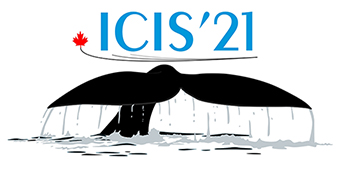Speaker
Description
Two-dimensional Radiofrequency Quadrupole (RFQ) ion guides are versatile tools that are used over a wide range of ion energies. Properly tuned, they can provide an ideal environment for ion-molecule chemistry to proceed by allowing thermalized ions to react on-line with gaseous reactants. We exploit this capability in the Ion Reaction Cell (IRC), an RFQ-based system designed to form radioactive molecular ions (RMIs) from radioactive ion beams (RIBs). Functionally, the IRC accepts a RIB produced upstream by the isotope separation on-line (ISOL) method, decelerates it to eV energies for production of the RMIs and then re-accelerates RMIs to their incident energy. This system promises to form a highly versatile source of complex inorganic or organic RMIs that can be used in fundamental symmetry studies or as precursors to new radiopharmaceuticals. We discuss the challenges of transferring ions from a RIB into a gas cell at room temperature while constraining ions within the RFQ energy well, and of reforming a beam from synthesized RMIs. Factors influencing ion dynamics and reactivity in thermal and non-thermal zones inside the IRC are considered, using results obtained recently with the Isobar Separator for Anions, an analogous RFQ technique used in Accelerator Mass Spectrometry, to illustrate key points.
| E-mail for contact person | alaryjf@isobarex.ca |
|---|
